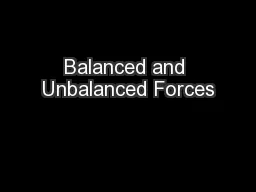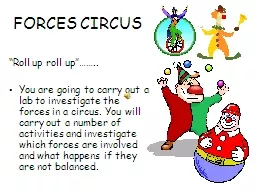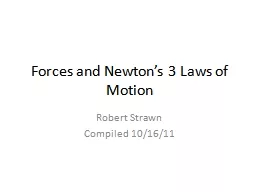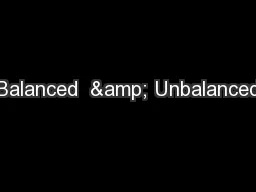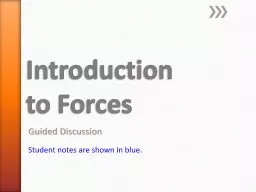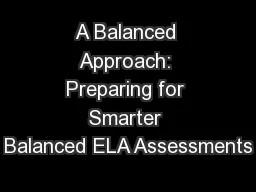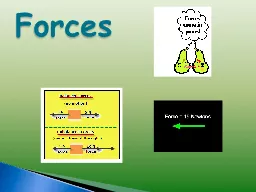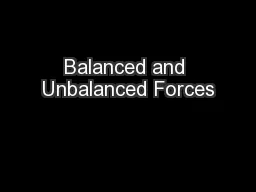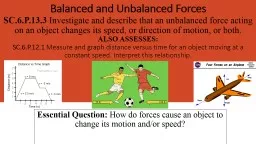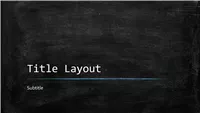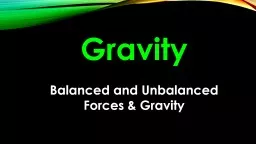PPT-Balanced and Unbalanced Forces
Author : jane-oiler | Published Date : 2016-08-02
Heres Tim amp Mobey on Force Brainpop Suppose I asked you to move a heavy desk in the classroom How would you move it hmmmmmmmmmmm You might get on one side of
Presentation Embed Code
Download Presentation
Download Presentation The PPT/PDF document "Balanced and Unbalanced Forces" is the property of its rightful owner. Permission is granted to download and print the materials on this website for personal, non-commercial use only, and to display it on your personal computer provided you do not modify the materials and that you retain all copyright notices contained in the materials. By downloading content from our website, you accept the terms of this agreement.
Balanced and Unbalanced Forces: Transcript
Download Rules Of Document
"Balanced and Unbalanced Forces"The content belongs to its owner. You may download and print it for personal use, without modification, and keep all copyright notices. By downloading, you agree to these terms.
Related Documents

